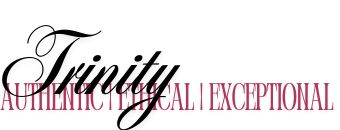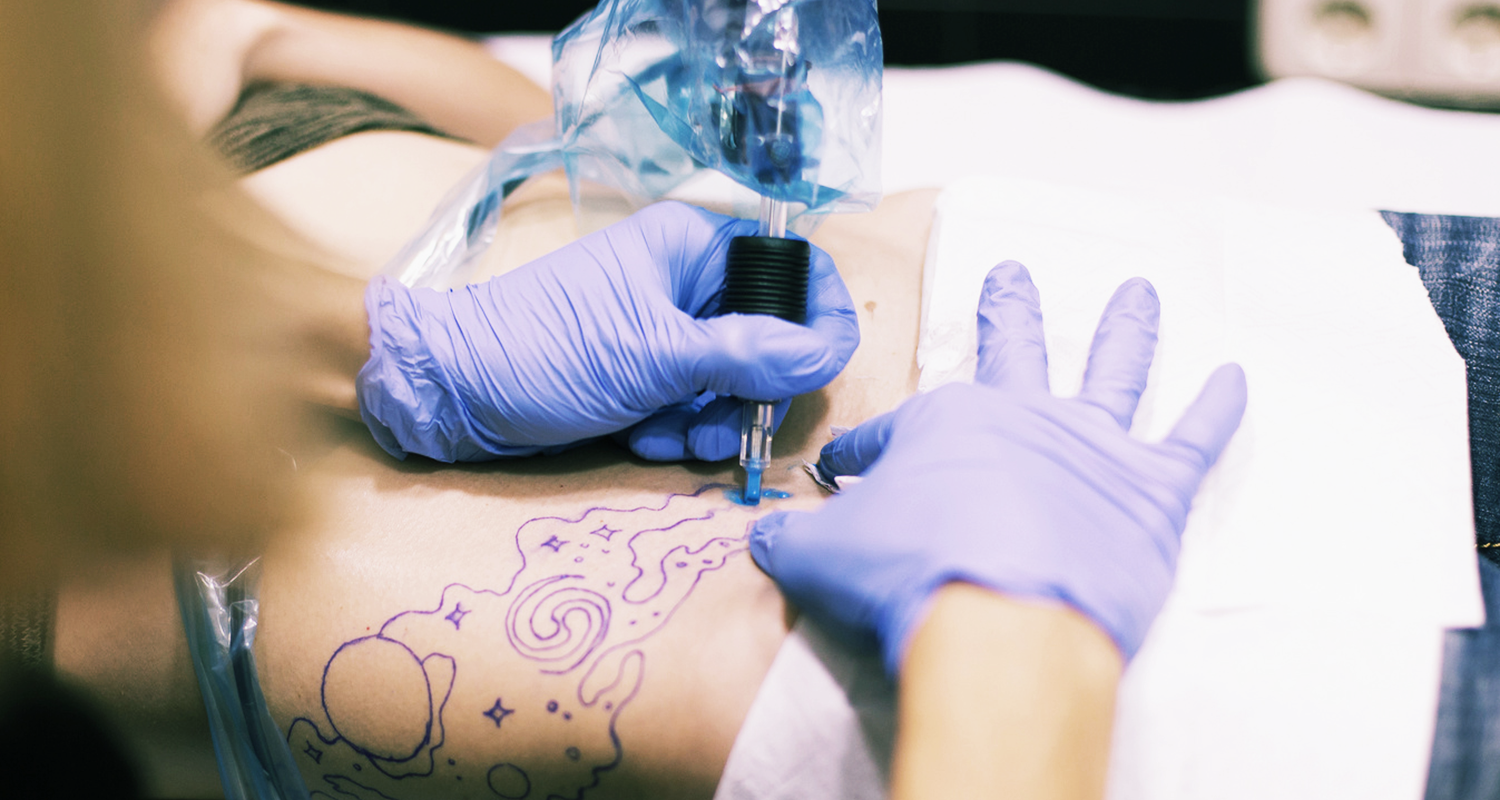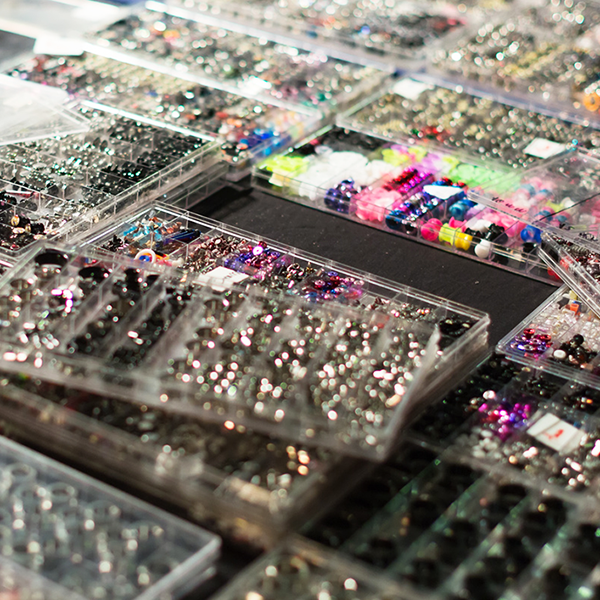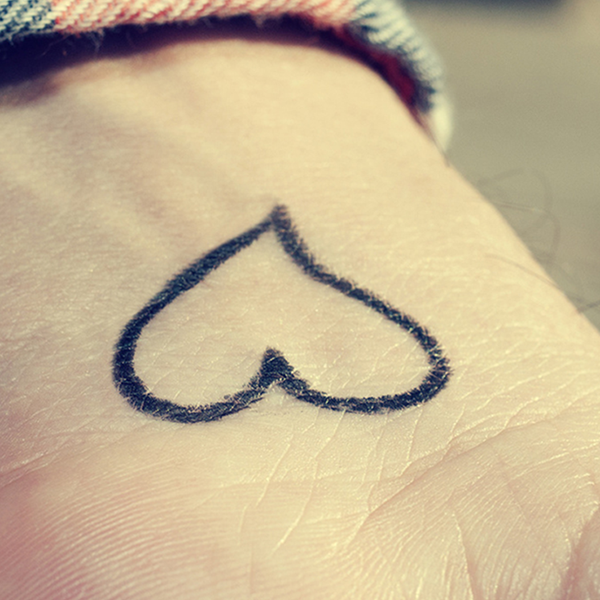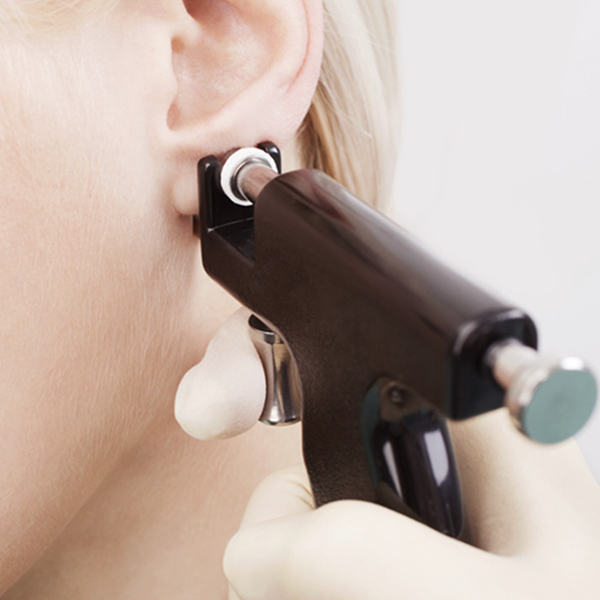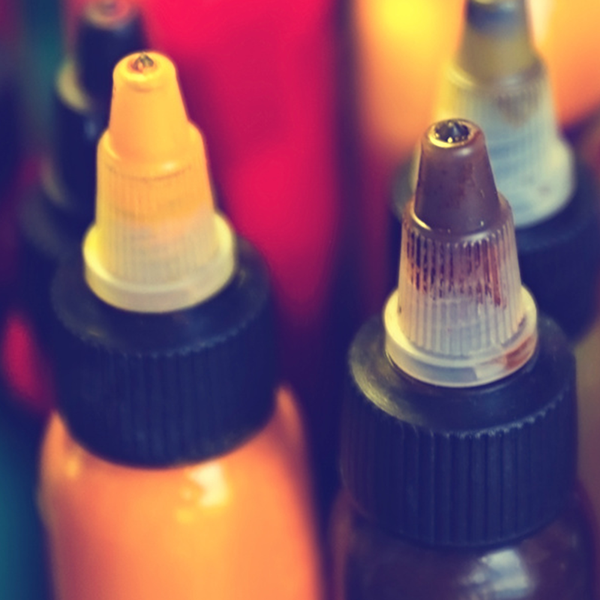In 1997, Health Canada set out to put together an extensive list of health and safety regulations for the tattoo and piercing industries. To be included in this document were numerous rules and guidelines for artists and piercers to follow in order to prevent infections in the workplace.
Now, nearly two decades later, the document is as relevant and important as ever. Why? Be-cause piercing the skin with an object that’s contaminated with blood/bodily fluids or pathogens from an unclean work area (or even the client’s own skin) can result in serious health risks.
Admittedly, tattooing comes with a greater risk of infection than piercing, but not using properly sterilized tools in either case can result in clients (or even artists) being infected with hepatitis B, hepatitis C, warts, herpes and other bacterial infections.
Published in July 1999 by the Document Dissemination Division at the Laboratory Centre for Disease Control, Infection Prevention and Control Practices for Personal Services: Tattooing, Ear/Body Piercing, and Electrolysis is a great comprehensive guide, featuring detailed instructions related to just about every single aspect of tattooing and piercing, from prep to cleanup.
Below, we’ve highlighted some of the most important information from said guide, but reading — and studying — it in full is definitely important for all professional tattooers and piercers.
Shop Requirements
When designing the layout of your shop, one of the most important first steps is to split the space into two areas: clean and dirty. The clean area is where clients are taken to get their tattoo or piercing and should house all sterilized packages, disinfected and clean equipment and a sink for washing hands. Meanwhile, the dirty zone should feature a utility sink and be the only place in the shop where used items waiting to be disinfected are kept.
All shops also need to have good ventilation, storage areas that keep sterilized equipment away from dust and moisture, easy access to a public washroom and “all surfaces should be constructed of materials that are smooth, non-porous and easily cleaned.”
Sterilization Requirements
The first step in any sterilization process requires cleaning used equipment in the utility sink located in the shop’s dirty zone. All used surfaces should also be wiped down with a low or medium level disinfectant, such as household bleach. Be sure to always follow the label’s instructions.
When buying a disinfectant, Health Canada recommends you “ask the manufacturer to give you a material safety data sheet (MSDS), which gives information about use of the product and worker safety.”
Step two includes the actual sterilization of tools. All items that pierce the skin must be precleaned and appropriately packaged, then sterilized using a steam autoclave or dry heat sterilizer ONLY.
Single-use needles should be discarded right after they are used or once they pass their expiration date, even if they haven’t been used. Single-use needles cannot be re-sterilized after use.
The steam autoclave is the most popular method of sterilization and it’s also the fastest. It sterilizes packaged items in just 30 minutes at a temperature of 121° C. Meanwhile, the dry heat sterilizer takes closer to 60 minutes at a temperature of 171° C. However, even if it does take longer, this method is actually recommended for glass, powders and instruments that cannot be taken apart. Another perk is that it causes less rusting and corrosion than a steam autoclave. Whichever method you choose, though, always be sure to follow the operator manual’s instructions.
Once sterile, items must be kept sealed in their packages and stored in a clean, dry area with no dust and moisture. What’s more “packages that are torn, punctured or wet should not be used as sterile and frequent handling of sterile packages should be avoided.”
Tattooing Requirements
Note: Health Canada puts great emphasis on the fact that “skin should not be tattooed if there are signs of infection such as warts, pimples, crusts or open skin areas.”
Of all the equipment used for tattooing, needles present the highest risk of infection. Thus, all needles and the devices holding them need to be completely sterile. As Health Canada explains, “needles must not be cleaned in the ultrasonic cleaner and reused with a new colour, as the needles are not sterile. Their very close placement to each other when soldered onto the needle bar means that they cannot be adequately cleaned.”
“Because the needles have contact with the client’s bloodstream in tissue under the skin, the sterile needles must be used only for one tattooing session, on only one client. Used needles should be carefully removed from the needlebar to reduce the risk of needlestick injury to the practitioner and placed in the sharps container [for disposal].”
In preparation for a tattoo, “needles should be soldered onto the needle bars with lead-free sol-der, the tattoo machine, clip cord and spray bottles should be covered with a disposable plastic sheath” and a new set of sterilized needles and pigments should be used for each client.
If the area being tattooed needs to be shaved, a disposable razor should be used. The skin then needs to be cleaned with a skin antiseptic, such as 70% alcohol. Stencils should always be “applied with lotion or other solutions which moisten the skin prior to application of the stencil.”
Before beginning, the artist must wash his or her hands and put on single-use gloves. If the artists has any open lesions or eczema that cannot be covered, they should not tattoo.
Once the tattoo process is underway, excess dye needs to be removed with single-use absorbent material.
When the tattoo is finally completed, it should be wiped clean with a skin antiseptic, then covered with a sterile bandage. Health Canada advises giving “the client oral and written instructions regarding post treatment skincare”, as well as keeping “a record of names and addresses of clients for two years to assist in the tracing of infectious diseases should they occur”.
When it comes to cleaning up after a tattoo, artists should wear single-use gloves to protect themselves and needles and razors should be placed in a “puncture resistant container with a tight-fitting lid and disposed of in accordance with the Regional Health Authority's requirements. Needle bars and tubes should be stored in a suitable container prior to cleaning.”
All used equipment should be cleaned with detergent and warm water before being sterilized. Note: An ultrasonic cleaner will not disinfect or sterilize instruments.
Work surfaces should be cleaned with a low level disinfectant and “the motor frame and clip cord that cannot be sterilized must be damp-wiped with an intermediate level disinfectant after each use.”
Piercing Requirements
When it comes to piercing, the first and most important point to always remember is that a new pre-sterilized single-use needle should be used for every single client and immediately disposed of after use.
If an ear piercing gun is used, Health Canada recommends choosing one with a disposable sterile cartridge that can be removed after each client and replaced with a new one. The remainder of the gun should be wiped down with 70% alcohol between clients.
Jewelry that is used during the piercing “should be smoothly polished and designed to permit easy cleaning”. The best options include anything made of 14-18 carat gold, titanium, surgical steel (316-L) or niobium.
The piercer should always examine the client’s skin for abnormalities and not carry out the piercing if they do notice any. After sitting the client down comfortably, the piercer should wash his or her hands and lay out all the necessary sterile tools on a disinfected tray covered with a clean single-use towel. A plastic-lined garbage can and sharps container should also be prepped near-by.
The piercer should then put on single-use gloves and use a cotton swab with antiseptic to disinfect the area that’s going to be pierced. All sterile items should be removed from their packaging as needed, although the packages can be opened beforehand.
Once the piercing is finished, the needles should be disposed of in a sharps container and, just like with tattooing, it’s good practice to keep the client’s information on-hand for at least a year.
Updated Protocol
In July 2018, the Population and Public Health Division of Ontario’s Ministry of Health and Long-Term Care published the Personal Service Settings Guideline. Included in this document are “directions to boards of health to minimize the risk of contracting blood-borne and other types of infections for both clients and personal services workers.”
The protocol includes detailed instructions for local boards of health, which begin with the need to conduct inspections at least once a year to ensure all safety standards and rules are being adhered to. As the document states, “conducting risk assessments to identify health hazards is an integral component of the role of public health.”
Health officials are responsible for making sure that cleaning, disinfection and sterilization are being carried out properly and that all of the best practices set forth by the Infection Prevention and Control Unit are being fully followed.
The protocol also states that boards of health are responsible for educating tattooers and piercers, as well as the public, about infection prevention and health and safety standards. What’s more, they must have a hotline available 24/7 and “communicate with the general public when an investigation has identified a health hazard.”
Additional Guidelines
The National Collaborating Centre for Environmental Health Comparison of Guidelines and Regulatory Frameworks for Personal Services Establishments outlines additional guidelines for tattooers and piercers while also recapping some of Health Canada’s most important points. Their recommendations include:
- Have clean and dirty zones.
- Disinfectants should have DIN.
- Machines should be foot operated where possible.
- Records should be kept for minimum 1 year.
- Skin antiseptics should not be sprayed directly onto skin.
- Needles should not be rinsed in ultrasonic between colours because ultrasonic solution is not sterile. Use tap water instead.
- Disposable cartridge ear-piercing guns strongly recommended. Use only for earlobes.
- Solid head guns should be cleaned with brush and entire gun soaked in high level disinfectant between clients.
- Skin is to be marked with toothpicks and ink; pens should not be used on multiple clients.
